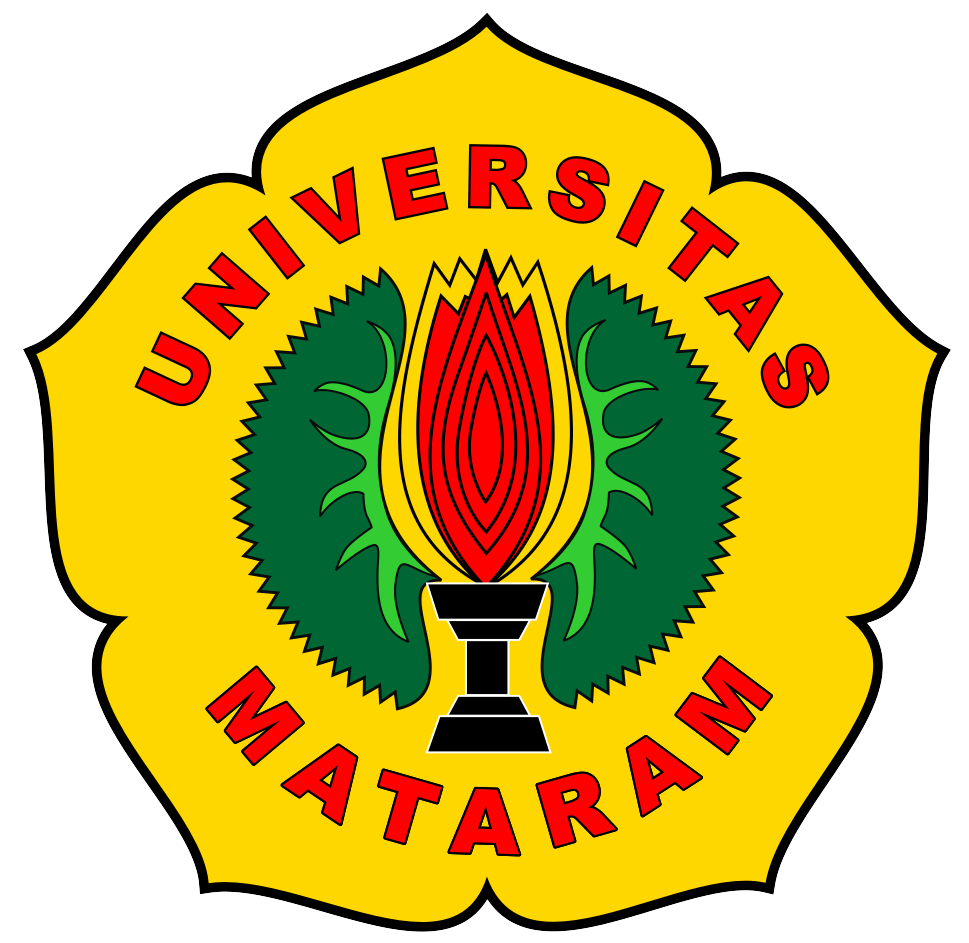Assessment of Disaster Management Through LOS and PAPS Rate Analysis of RSSA ED in Mass Casualty Incident of Kanjuruhan Tragedy
Keywords:
Emergency Department, Mass Casualty Incident, Kanjuruhan Tragedy, Response PhaseAbstract
Emergency department (ED) is an essential aspect of modern health services in a hospital where it is crucial to maintain the integrity of the health care system during crisis. This study intends to evaluate emergency management of RSSA ED through analysis of patient length of stay (LOS) and discharge against medical advice (PAPS) rates of RSSA ED in mass casualty incidents (MCI). Methodology: This is an analytic observational cross-sectional study to assess the number of patients, LOS and PAPS of patients in the RSSA ED before and during the Kanjuruhan MCI tragedy. Data analysis was carry out with the Wilcoxon test. Results: The number of RSSA ED patients on 7 days before MCI was 440 patients (45.98%) and within 7 days of the response phase were 517 patients (54.02%). Wilcoxon test was performed and obtained P=0.021 (p< 0.05). Average of IGD LOS was 4.61 hours and 4.47 hours respectively. With the same test, P = 0.074 (p> 0.05). PAPS rate was 12 cases and 14 cases respectively with P = 0.059 (p> 0.05) which means that there was no significant difference between the ED LOS and the PAPS rates before and during the response phase of MCI. Conclusion: The significant increase in the number of patients during Kanjuruhan tragedy but not followed by prolonged LOS and PAPS rate for all patients in the RSSA ED shows the disaster management carried out was quite good but there still can be improved in the future.
Downloads
Published
Issue
Section
License
Authors who publish with Unram Medical Journal, agree to the following terms:
- Authors retain copyright and grant the journal right of first publication with the work simultaneously licensed under a Creative Commons Attribution 4.0 International License (CC-BY License). This license allows authors to use all articles, data sets, graphics, and appendices in data mining applications, search engines, websites, blogs, and other platforms by providing an appropriate reference. The journal allows the author(s) to hold the copyright without restrictions and will retain publishing rights without restrictions.
- Authors are able to enter into separate, additional contractual arrangements for the non-exclusive distribution of the journal's published version of the work (e.g., post it to an institutional repository or publish it in a book), with an acknowledgment of its initial publication in University of Mataram's Journal of Medicine.
- Authors are permitted and encouraged to post their work online (e.g., in institutional repositories or on their website) prior to and during the submission process, as it can lead to productive exchanges, as well as earlier and greater citation of published work (See The Effect of Open Access).
- This journal is open access journal which means that all content is freely available without charge to users or / institution. Users are allowed to read, download, copy, distribute, print, search, or link to full text articles in this journal without asking prior permission from the publisher or author.







